The added functionality of BLE in the Artemis Development Kit means it can be connected to a local web application! We explore this by streaming the on-board sensor data to a local host.
We tested out the new SparkFun OpenLog Artemis by taking it down one of Boulder's many hills of a driftable trike!
The OpenLog Artemis has graduated from SparkX and we have a new version of our popular Qwiic Kit for Raspberry Pi!
The Qwiic MicroPressure Sensor is now available, along with a slew of new Flirc products!
New versions of our Qwiic Mux Breakout and RPi Zero W Camera Kit are now available, along with a SparkX Refrigeration Sensor and Pimoroni Automation HAT Mini.
The MAX30101 Photodetector Breakout is now available, along with a few headers and a new wireless keyboard!
Five new products to support the OpenMV H7 Camera, a FLIR Lepton Module, and a new version of the :MOVE mini buggy.
The Qwiic SGP30 Air Quality Sensor is now in SparkFun red! Additionally, we have two versions of the new Raspberry Pi 4 Desktop Kit, and two new Qwiic boards from Zio.
The new Qwiic TMP102 Temperature Sensor is here, along with a whole line of Binho products!
Comparing analog and digital temperature sensors TMP36, TMP102 and TMP117. Which is better?
The JetBot Kit v2.0 was released earlier this week, but we also have two new Thermocouple Amps and Current Sensor Breakouts available!
Using Sapien LLC's Arduino Shield and Electrode array we can expand our human senses.
We updated some code for the micro:bot kit to help debug and interpret line following sensor readings using the MakeCode Console.
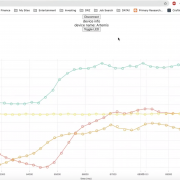


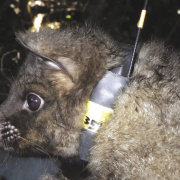
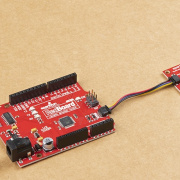
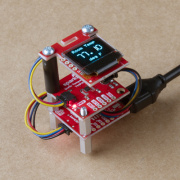
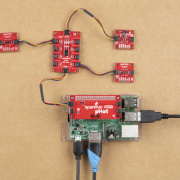
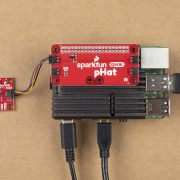
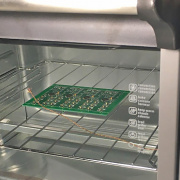
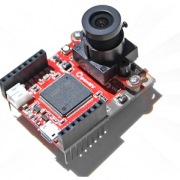
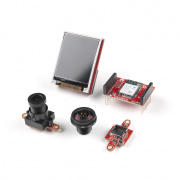
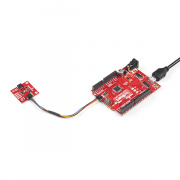
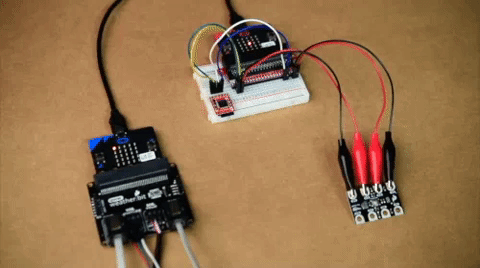
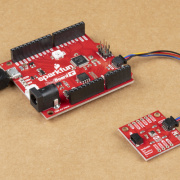
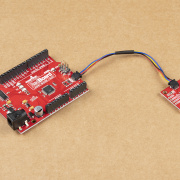
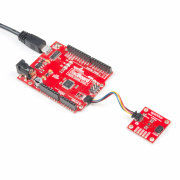

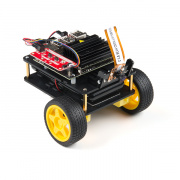

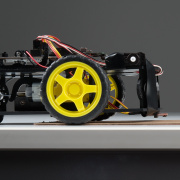
Hi, "For a full wishlist of products for this project, check it out here:" ....but I see no link to anything further. I am hoping you have…